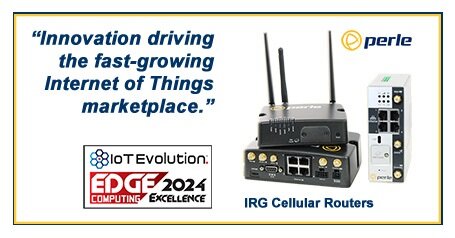
Add these data center management tools to your utility belt
By Donna DonnowitzJuly 29, 2015
The use of middleware and other data center infrastructure management solutions has become more popular than ever as companies have looked to streamline their data center operations. This is easier said than done, however, considering the data center is not a one-team resource. Multiple departments and varying levels of management typically have access to the network, so improving DCIM means synchronizing hardware, software and multiple levels of clearance, according to FacilitiesNet.
As the head of IT, it's your responsibility to turn these expectations into a reality. That's why it pays to have as many tools on your utility belt as possible. You'll never know when the unpredictable rigors of data center management will throw your team a curve ball or put the entire system at risk. It never hurts to add more solutions to your repertoire.
Improve virtualization with superior hardware
One of the most important advantages that you and your team can leverage is updated, task-specialized hardware. Network World pointed out that forgetting the physical side of a virtualized environment will only set your team up for more trouble down the road. Attempting to patch together cheap hardware to support virtual workloads will lead to your IT staff finding themselves in hot water when security and reliability issues begin to crop up. At the end of the day, virtualization depends on a tight ratio of resources and utilization - letting your digital assets progress beyond the capabilities of your physical infrastructure leaves that ratio out of balance.

You'll get further in DCIM efforts with the right tools at your side.
Modeling lets you make mistakes without consequences
Another important resource that you and your IT team should have access to is to is a modeling tool. There are several DCIM solutions on the market that allow you to generate potential scenarios and predict how changes you make to the data center will impact the entire system. This type of trial and error would be devastating for availability, so the value of being able to create a workable model for the system is obvious. Whether you plan to enhance DCIM by optimizing cooling, space or power distribution, taking the solution for a spin in a virtual environment is always a prudent choice.
Use tracking applications to measure progress and pace
Before you look to update your system with a host of new applications and gear, it's important to understand how well your network is currently performing. That's why DCIM tools that measure process efficiency are essential. TechTarget recommended that IT teams invest in tools that allow them to track the completion time for all types of tasks in the data center. The information gathered with this type of resource can be used to isolate bottlenecks in productivity and help you prioritize your next course of action.
Take advantage of the flexibility delivered by remote management
One of the few downsides to taking an active approach in running DCIM at your facility is how dependent the system can become on your presence, or that of key members of your IT team. One of the easiest ways to resolve that issue, as well as free employees to perform more tasks outside of the data center, is to make your network remotely accessible via a remote console server. In addition to aiding members of IT in performing work from outside the office, there's no end to the logistical perks that come with being able to access, monitor and manipulate your IT equipment from afar. That's why adding this capability to your tool belt is such a smart investment.
Perle's wide range of 1 to 48 port Perle Console Servers provide data center managers and network administrators with secure remote management of any device with a serial console port. Plus, they are the only truly fault tolerant Console Servers on the market with the advanced security functionality needed to easily perform secure remote data center management and out-of-band management of IT assets from anywhere in the world.



